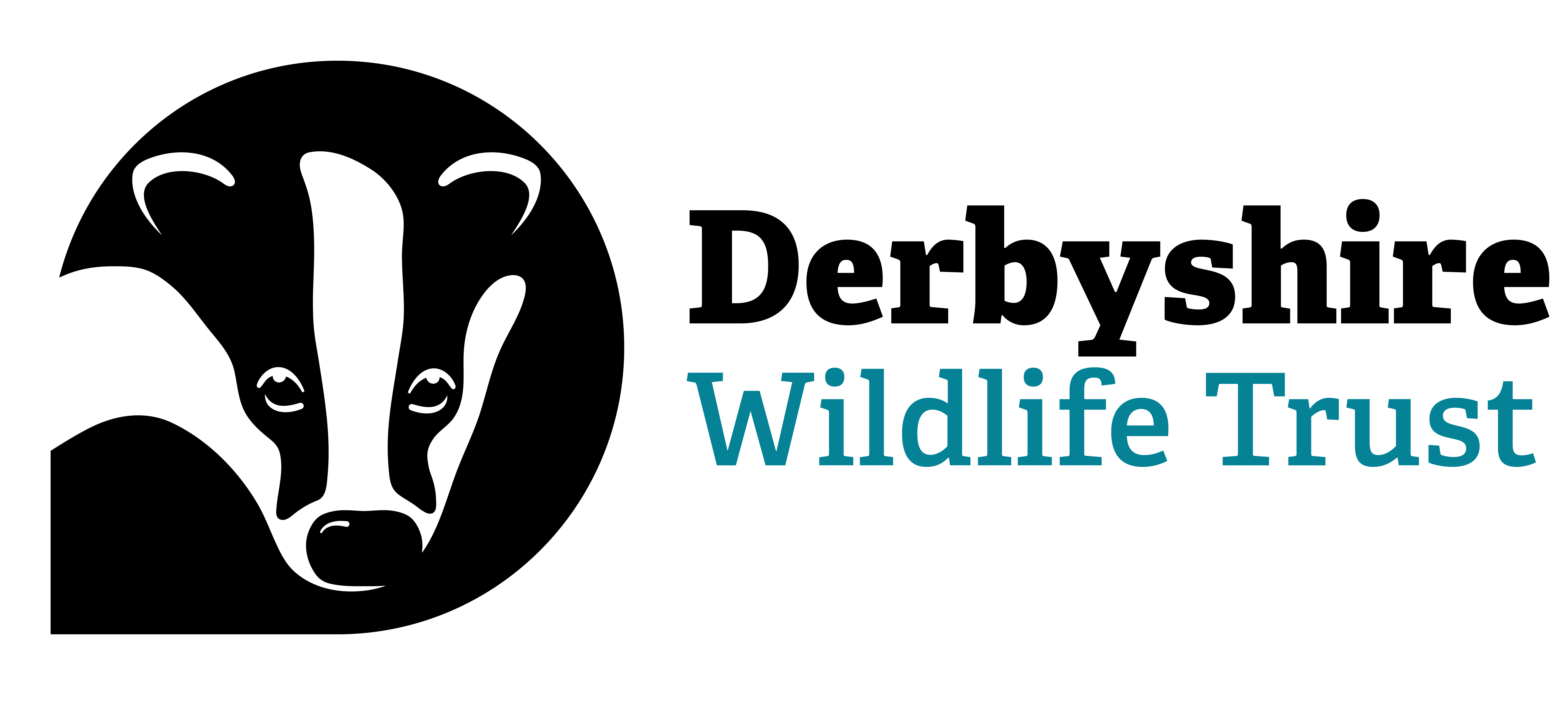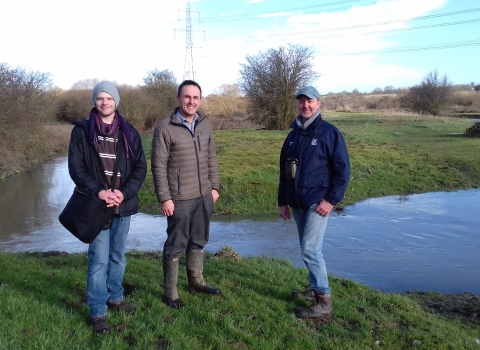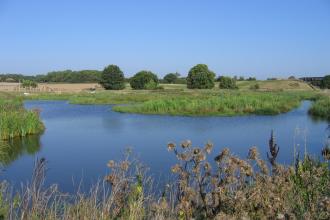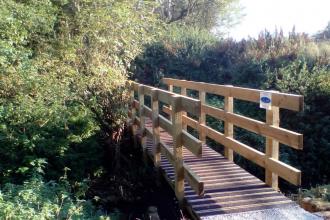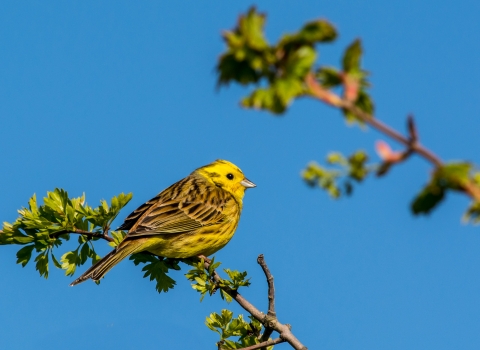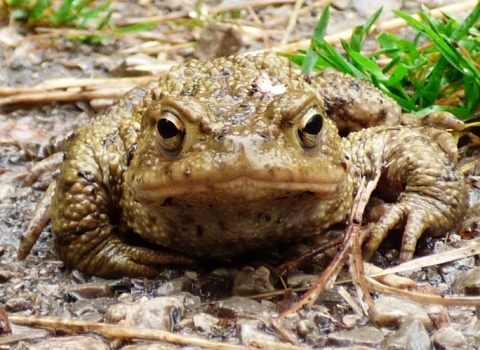Carr Vale Nature Reserve, Guy Badham
From one of Europe's most polluted sites to a wildlife haven
This Living Landscape focuses on two river valleys and the varied habitats that surround them
Located in north east Derbyshire, the Coalfields Living Landscape covers 5,435 hectares, including the Trust's Carr Vale, Avenue Washlands and North Wingfield reserves.
These river valleys bear the marks of widespread industrial activity during the last 150 years and are perhaps defined by the extent of post-industrial, or 'brownfield', land that today still covers large parts of it.
Let us tell you more...
The Rother and Doe Lea are parts of the River Don catchment. These rivers have undergone periods of very poor water quality due to chemical pollution, nutrient enrichment from fertiliser and sewage and siltation. The rivers have also been straightened and lined with concrete in places, reducing the variety of habitats they offer.
A great variety of birds can be found in these river valleys - farmland birds such as yellowhammers, linnets and skylarks, wetland birds such as marsh tits, reed buntings and snipe, and woodland birds such as lesser redpoll, spotted flycatcher and cuckoos.
The River Rother
The Rother rises around Pilsley, Tupton and Noth Wingfield, only a few miles from where the Doe Lea rises. It follows a northerly course and quickly reaches the Trust's North Wingfield Nature Reserve, a small area of riparian habitat with scrub, woodland and rough grassland.
Around a mile north the river enters The Avenue Washlands Nature Reserve, where a diversity of marshes, ponds and woods support aquatic invertebrates, marsh orchids, great crested newts and a whole host of birds.
Further north the river passes through damp hay meadows, marshes and reclaimed brownfield land, often alive with insects and plants. North of Staveley, the river is joined by the Doe Lea.
The Doe Lea River
The Doe Lea rises south and west of Hardwick Park Estate where it initially falls though stunning ancient woodlands; some tributaries have been modified and dammed to form ponds at Hardwick Park, Stockely and Stainsby.
Some of these ponds once supported a suite of rare aquatic plants, but silt and pollution have taken their toll and today the plant life has been reduced, though not entirely lost. These ponds, and others within this Living Landscape, are an excellent habitat for grass snakes, which can disperse through the connecting network of ditches and streams and avoid becoming too isolated.
The river flows north and then west, to Carr Vale - an area of marsh, reedbed and open water important for species such as lapwing and little ringed plover. As it winds its way north, the river passes through more reedbeds, wetlands, brownfields and grassland, home to species such as orchids, common toads and UK BAP moth species including blood vein, forester and August thorn.
So what work are we doing here?
Signs of recovery have been seen since the 1990s but there is still work to be done. Water quality is an ongoing issue and it's good news that the Don catchment has been included as a pilot area for an Environment Agency project.
We also need to ensure that the biodiversity value of brownfield land is recognised and fully taken into account by developers, Local Authorities and local communities. Local Wildlife Sites in poor condition will be targeted for management advice and assistance and work will continue on our reserves (such as feeding stations). Opportunities to create new habitats such as wetlands and meadows will be sought to help develop a network of 'stepping stone' sites.
The National Trust's Doe Lea Project aims to address some of the water quality issues within the Doe Lea catchment by encouraging and assisting landowners to make changes to land management that reduce soil erosion and nutrient run-off.
Nature reserves in this Living Landscape
We have lots of beautiful nature reserves for you to explore in this Living Landscape, take a peek at our top three...
What can I see here?
You really are spoilt for choice when it comes to fauna and flora in this beautiful area of Derbyshire - get out and explore - we recommend looking out for...
Get hands on
You can play a big part in the Coalfield's Living Landscape's recovery by volunteering on our nature reserves - find out where we need you most and get in touch.
Thank you
Every acre is a home - #Becauseofyou
